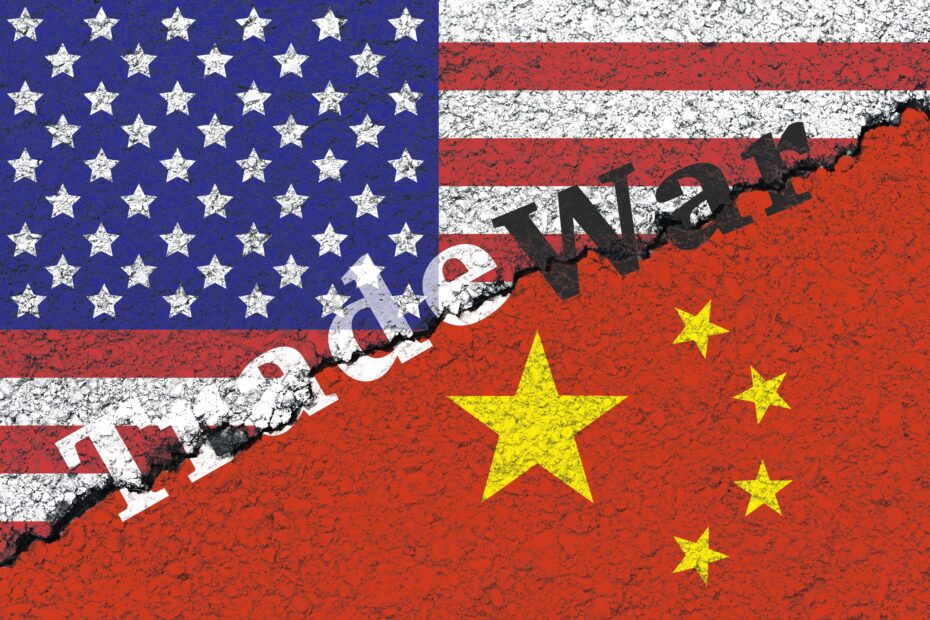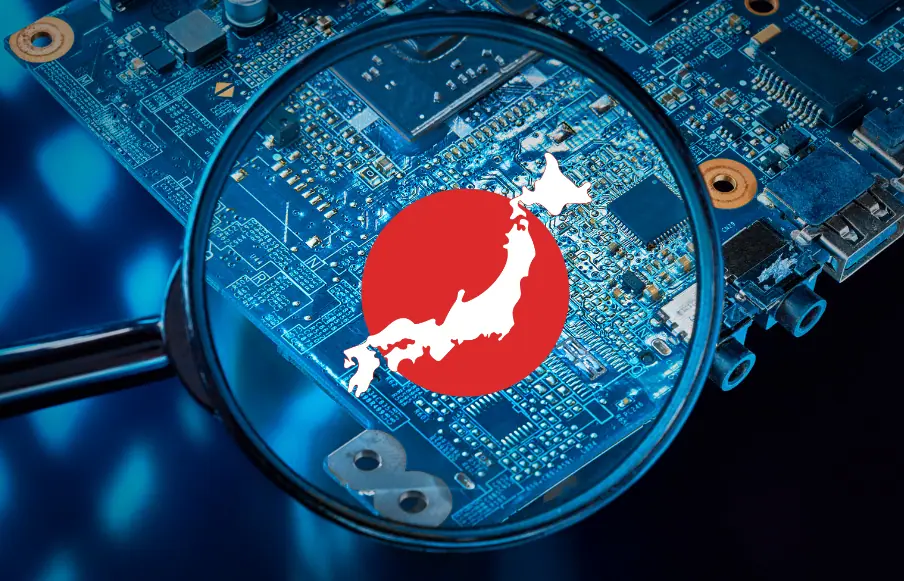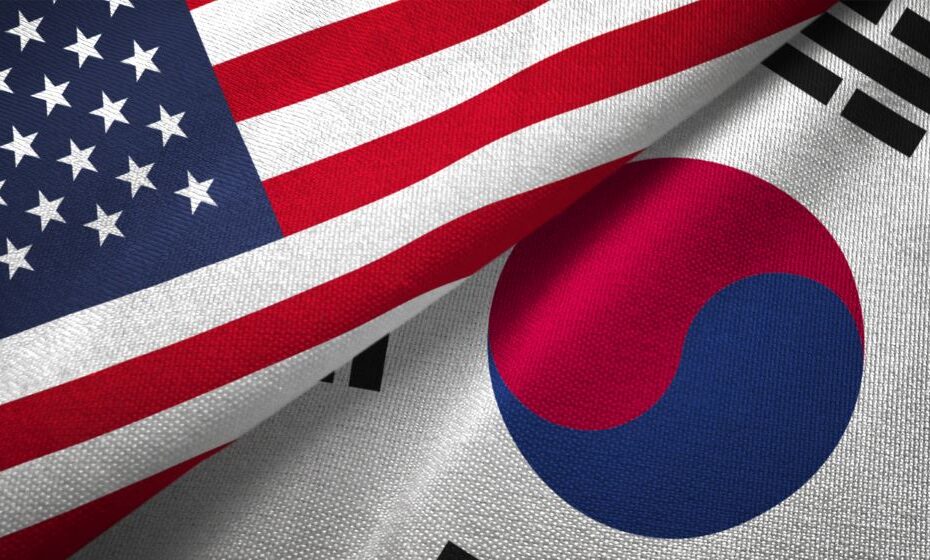AI Past, Present, and Future (Part 3)
By Clive (Max) Maxfield
What’s at stake:
AI is revolutionizing everything from creative endeavors to caregiving, relationships, labor markets, and even warfare. As we look toward an AI-driven future, the stakes lie in balancing its immense potential to enhance our lives with the ethical, societal, and existential risks it poses.
The 1984 American science fiction action film, The Terminator, featured Arnold Schwarzenegger as a cybernetic assassin from the future. The underlying plot is that an artificially intelligent system called Skynet becomes self-aware, determines that humans are a threat to its existence, and decides to eradicate humanity from the face of the Earth. Hold that thought…
In Part 1 of this mini-series on artificial intelligence (AI) and machine learning (ML), we predominantly pondered the days of AI in the past. In Part 2, we turned our attention to AI in the present. Now it’s time to cogitate and ruminate on the potential (both good and ill) for AI in the future.
Read More »AI Past, Present, and Future (Part 3)









